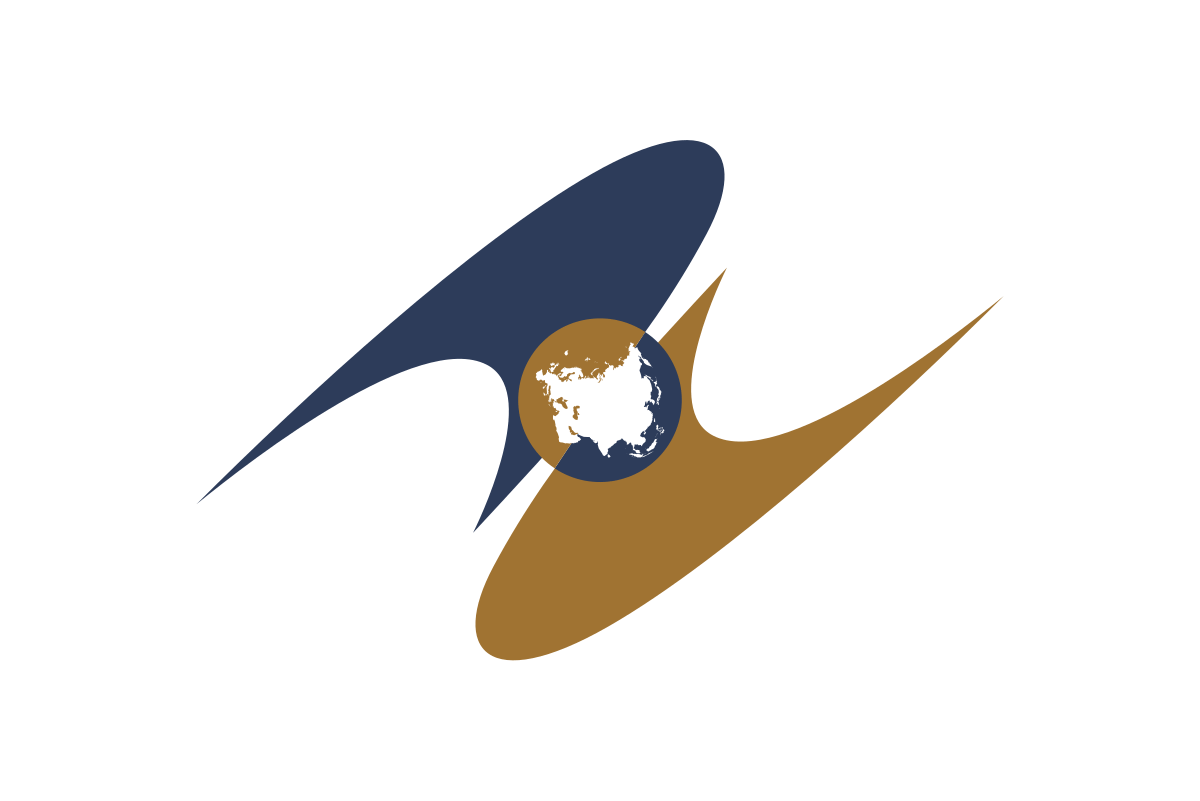On 3 August, the Eurasian Economic Commission (EEC) set the ball rolling on a series of expert consultations headed by EEC Minister-in-charge of Integration and Macroeconomics, Sergei Glazyev. The aim of these talks is to draft a comprehensive 5-year plan for the development of economic integration in the Eurasian Economic Union (EAEU), as per a 2025 implementation plan approved by the Supreme Eurasian Economic Council in May.
In the discussion held on 3 August, certain approaches towards implementing the Strategic Directions and laying down mechanisms to promote economic development were discussed. This included the improvement of economic forecasting methodologies, technological and scientific development of the EAEU, and elaborating upon the Main Directions of the body’s development plans till 2035.
“The complexity of current situation lies in the turbulence associated with structural shifts in the world economy, changing technological and world economic paradigms that do not reveal any trends, which makes it difficult to use traditional econometric models for forecasting. In this context, we should look for fundamentally new approaches to strategic forecasting,” said Glazyev.
The meeting, which was also attended by EEC Minister-in-charge of Industry and Agriculture Artak Kamalyan, has begun its diligent drafting of the implementation plans. Kamalyan mentioned that the EAEU’s future would depend on coordinated efforts at development and strengthening ties between members of the Union. Visiting experts from the Russian Academies of Sciences and for Foreign Trade also spoke at the meeting.
A scheduled implementation plan is to be elaborated on once these consultations are concluded, which are to contain the mechanisms and measures to achieve the objectives set by the 2018 EAEU Declaration on Further Development of Integration Processes.
Last month, leaders from EAEU member-states met in Minsk to decide a joint action plan for COVID-19. The meeting resulted in a three-section industrialization roadmap, of which import-substitution is the main philosophy.
The first section lists 178 major projects in 18 industrial areas, which require investments estimated at $200 billion. According to the EEC, these projects are being coordinated through the EAEU to avoid duplication and overlap. The second section envisions a rather vague detailing of hundreds of small and medium-sized technology ventures to “form a finely tuned bloc-wide production chain” in an obvious attempt to reduce reliance on tech imports. The third section, also quite vague, discusses working on tackling the need for import commodities in the EAEU.
With respect to the coronavirus, the three-pronged phrase “barriers, exemptions, and restrictions” was a recurring theme in EAEU discussions on trade conditions during the pandemic. The “barriers” refer to unilateral norms enforced by member states which contravene earlier EAEU legislation designed to allow the free movement of services, goods, labour, and capital among the bloc. According to EEC data, 3.1 million people in member states have been recorded as unemployed in July. But the bloc members also require the implementation of divergent timeframes to develop their industry and agriculture. However, it is also possible that divergences lie due to the lack of reliable statisticians in a number of countries like Kyrgyzstan, who has reported a far lower unemployment rate than Armenia despite a marked difference in their impoverishment rates.
The main issue in the EAEU remains to be that of transparent reporting and data collection and truthful media coverage. The pandemic has given rise to a host of issues, mainly relating to heads of state enforcing minimal restrictions while very apparently lying of having contracted the virus themselves and healing with ease. Members differ vastly on their stances for protectionism. Belarus’ Alexander Lukashenko said to Armenia’s protectionist leader Nikol Pashinyan that Minsk has “enough barriers” between states and that removing them would make things easier. Analysts believe that the EEC is “sending mixed messages” in its evaluations of protectionism within the bloc. The aim is always to prepare a roadmap to try and ensure that EAEU members resolve their issues and cooperate.
Review of EAEU & EEC Discussions Over the Past Month
A review of the roadmaps set in place by Eurasian leaders.
August 7, 2020

SOURCE: WIKIPEDIA
